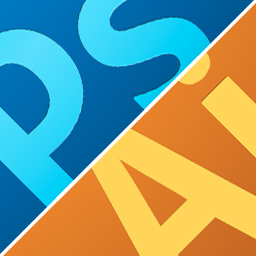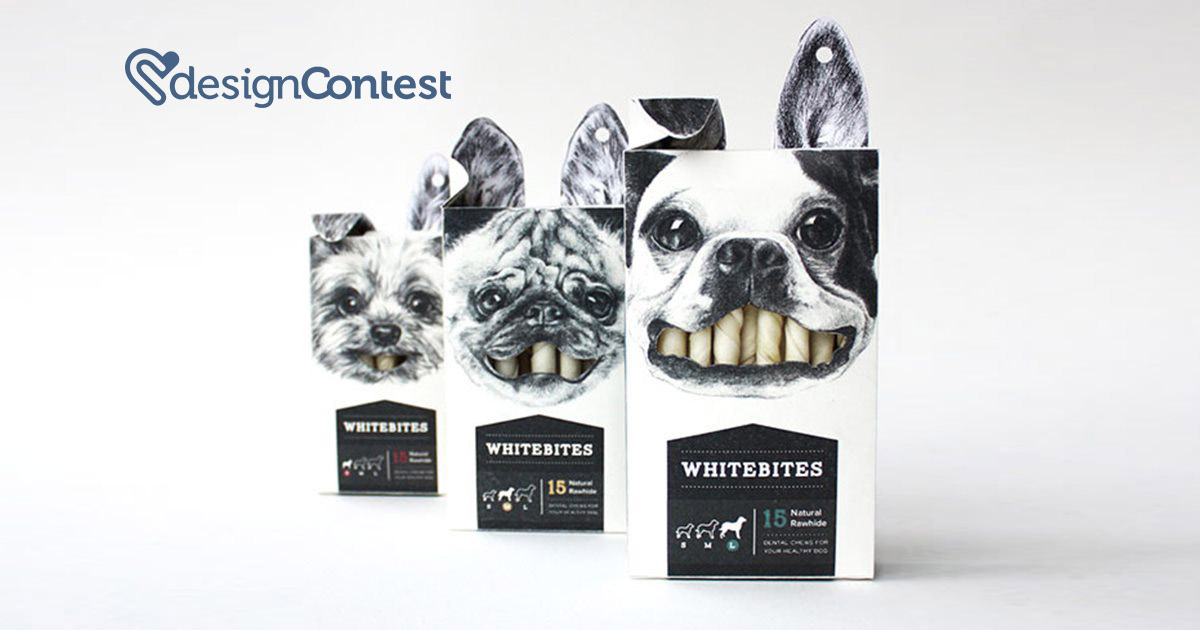 If you’re an experienced graphic designer or industry veteran, you can likely skip this article. Why? Because we’re detailing some of the key differences between Photoshop and Illustrator, the two softwares you likely use more than your own refrigerator. However, if you’re just now arriving to the realm of graphic design, or are simply curious about some of the tools we designers use on a daily basis, you’ve come to the right place. The differences between these two may seem complicated at first, but with a little patience, we can have you in the know in a jiffy. So, without further ado, let’s jump into the first major difference between Photoshop and Illustrator.
If you’re an experienced graphic designer or industry veteran, you can likely skip this article. Why? Because we’re detailing some of the key differences between Photoshop and Illustrator, the two softwares you likely use more than your own refrigerator. However, if you’re just now arriving to the realm of graphic design, or are simply curious about some of the tools we designers use on a daily basis, you’ve come to the right place. The differences between these two may seem complicated at first, but with a little patience, we can have you in the know in a jiffy. So, without further ado, let’s jump into the first major difference between Photoshop and Illustrator.
- Raster vs. Vector: First and foremost, the illustration techniques used in these programs are inherently different. Photoshop is what’s called a raster-editor. This means that the program literally pumps out colored pixels, which cannot be changed without somehow distorting this first image. For instance, if you were to blow up an image made in Photoshop, it will eventually start to pixelate, as it’s set at a fixed size. Illustrator, however, is what’s called a vector editor. This means that the program uses mathematical equations to create various shapes and forms. Because all of these images are, technically speaking, formulas, they can be blown up, shrunk, moved, warped, etc. without any concerns. The program will automatically rescale them.
- Natural Tone vs. Precision: On a similar note, the difference in coding listed above produces some interesting results. In Photoshop, a designer can achieve very fluid and natural looking illustrations, even going so far as to mimic real world media or brushes. Because it’s a digital analog for painting or drawing on paper, the look is much more applicable to every day life. On the other hand, Illustrator can achieve a level of precision that looks less natural, but is great for elements that absolutely have to be perfect. For instance, a logo needs to be vectorized, that way it can be blown up or shrunk to meet the needs of the client. A gig poster, on the other hand, is most likely best created in Photoshop, that way it can achieve a more natural and fluid dynamic. Then again, we know designers who break all of these rules, meaning the ends are really in your hands to meet.



